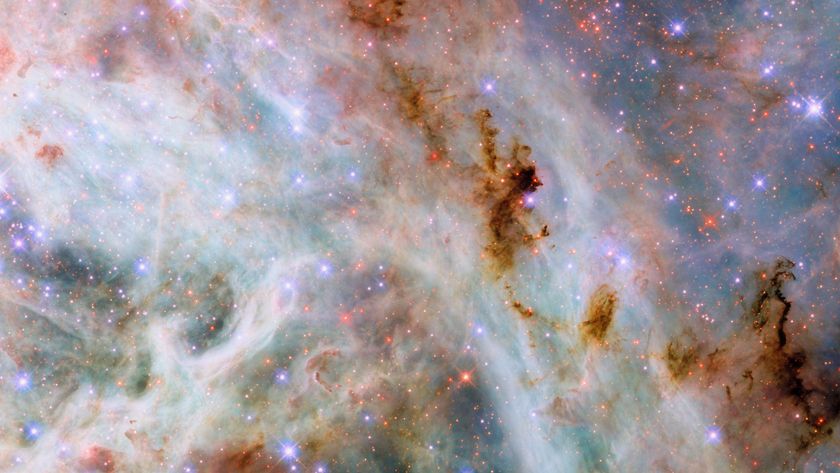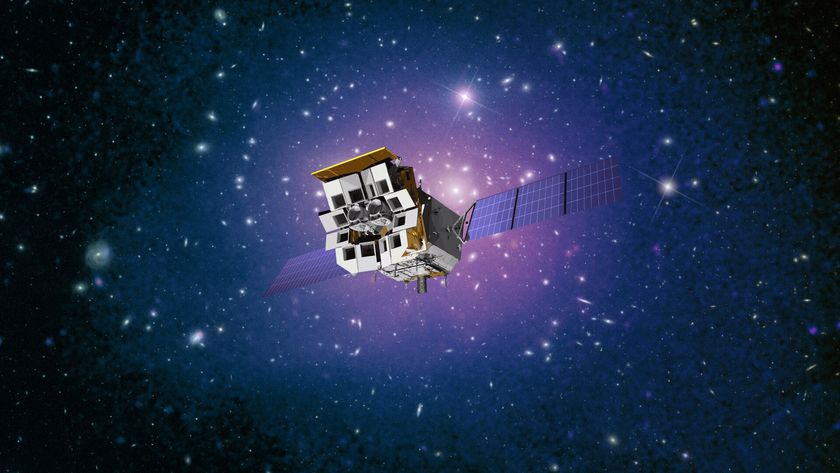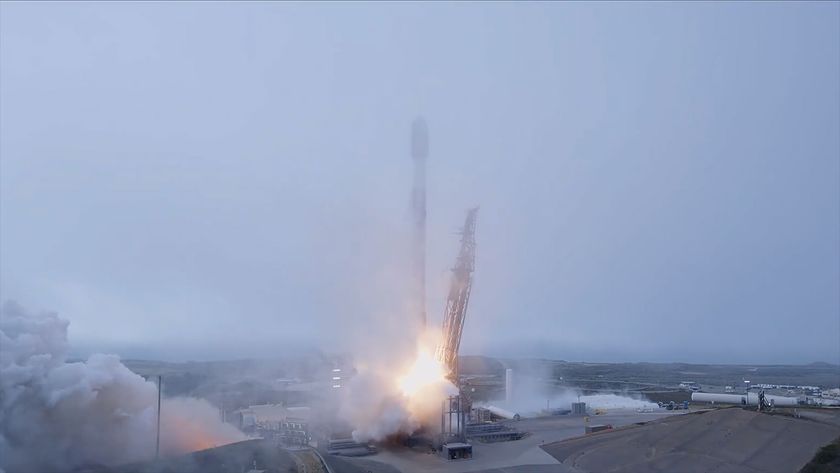Lost Soviet Reflecting Device Rediscovered on the Moon
A long lost light reflector that was left on the surface ofthe moon by the former Soviet Union has been rediscovered by a team of Americanphysicists after nearly 40 years using lasers beamed from Earth.
The French-built laser reflector was sent aboard theunmanned Soviet Luna 17 mission, which landed on ?themoon on Nov. 17, 1970 and released a robotic rover that roamed the lunarsurface and carried the sought after laser reflector.
The Soviet lander and its rover, called Lunokhod 1, werelast heard from on Sept. 14, 1971.
"No one had seen the reflector since 1971," saidTom Murphy, an associate professor of physics at the University of CaliforniaSan Diego. Murphy leads a team of scientists in a long-term effort to use laserreflectors to measure the shape of the lunar orbit and look for deviations inEinstein's Theory of General Relativity.
"We routinely use the three hardy reflectors placed onthe moon by the Apollo 11, 14 and 15 missions, and occasionally theSoviet-landed Lunokhod2 reflector ? though it does not work well enough to use when illuminatedby sunlight," Murphy said. "But we yearned to find Lunokhod 1."
Murphy and his team occasionally looked for the Lunokhod 1reflector over the last two years, but had no luck finding it until recently.
The breakthrough came last month, when the high-resolutioncamera on NASA's LunarReconnaissance Orbiter (LRO) obtained images of the landing site. Thecamera team identified the rover as a sunlit speck on the image, which turnedout to be miles away from where Murphy and his team had been searching. Untilnow, the precise location of the rover's reflector had been unknown.
Get the Space.com Newsletter
Breaking space news, the latest updates on rocket launches, skywatching events and more!
On April 22, Murphy's team sent pulses of laser light fromthe 3.5 meter telescope at the Apache Point Observatory in New Mexico, zeroingin on the target coordinates provided by the LRO images.
The team was able to find the longlost Lunokhod 1 reflector and pinpointed its distance from Earth to withinone centimeter (0.4 inches). They then made a second observation less than 30minutes later that allowed the team to triangulate the reflector's latitude andlongitude on the moon to within 10 meters (0.006 miles).
In the coming months, it will be possible for scientists toestablish the reflector's coordinates with even greater precision, Murphy said.
The return signal from the reflector was measured as acollection of photons, or individual particles of laser light.
"We quickly verified the signal to be real and found itto be surprisingly bright: at least five times brighter than the other Sovietreflector, on the Lunokhod2 rover, to which we routinely send laser pulses," Murphy said."The best signal we've seen from Lunokhod 2 in several years of effort is 750return photons, but we got about 2,000 photons from Lunokhod 1 on our firsttry. It's got a lot to say after almost 40 years of silence."
Prior to this discovery, many scientists had speculated thatthe Lunokhod 1 rover might have fallen into a crater or parked badly, with itsreflector not facing Earth, which would have prevented it from being located bylaser pulses.
"Not only now do we know that Lunokhod 1 is there, wealso know that it is parked perfectly so that its reflector faces Earth,"Murphy explained. "In fact, the signal is so surprisingly strong that therover could not be in anything but a level parking spot with its commanded rollon the lunar surface deliberately oriented toward the Earth."
The discovery of Lunokhod 1 will greatly improve uponstudies of the moon and its composition.
"Lunokhod 1, by virtue of its location, would providethe best leverage for understanding the liquid lunar core, and for producing anaccurate estimate of the position of the center of the moon ? which is ofparamount importance in mapping out the orbit and putting Einstein's gravity toa test," Murphy stated.
Murphy and his colleagues found in a study published this monththat lunar dust may be obscuring the reflectorson the moon. The researchers found that the laser light they bounce offreflectors on the lunar surface is fainter than expected and dims even morewhenever the moon is full.
"Near full moon, the strength of the returning lightdecreases by a factor of ten," Murphy said. "We need to understandwhat is causing this if we are contemplating putting additional scientificequipment on the moon. Finding the Lunokhod 1 reflector will add importantclues to this study."
- Top 10Soviet and Russian Space Missions
- Images- Full Moon Fever
- Who Ownsthe Moon?
Join our Space Forums to keep talking space on the latest missions, night sky and more! And if you have a news tip, correction or comment, let us know at: community@space.com.

Space.com is the premier source of space exploration, innovation and astronomy news, chronicling (and celebrating) humanity's ongoing expansion across the final frontier. Originally founded in 1999, Space.com is, and always has been, the passion of writers and editors who are space fans and also trained journalists. Our current news team consists of Editor-in-Chief Tariq Malik; Editor Hanneke Weitering, Senior Space Writer Mike Wall; Senior Writer Meghan Bartels; Senior Writer Chelsea Gohd, Senior Writer Tereza Pultarova and Staff Writer Alexander Cox, focusing on e-commerce. Senior Producer Steve Spaleta oversees our space videos, with Diana Whitcroft as our Social Media Editor.


